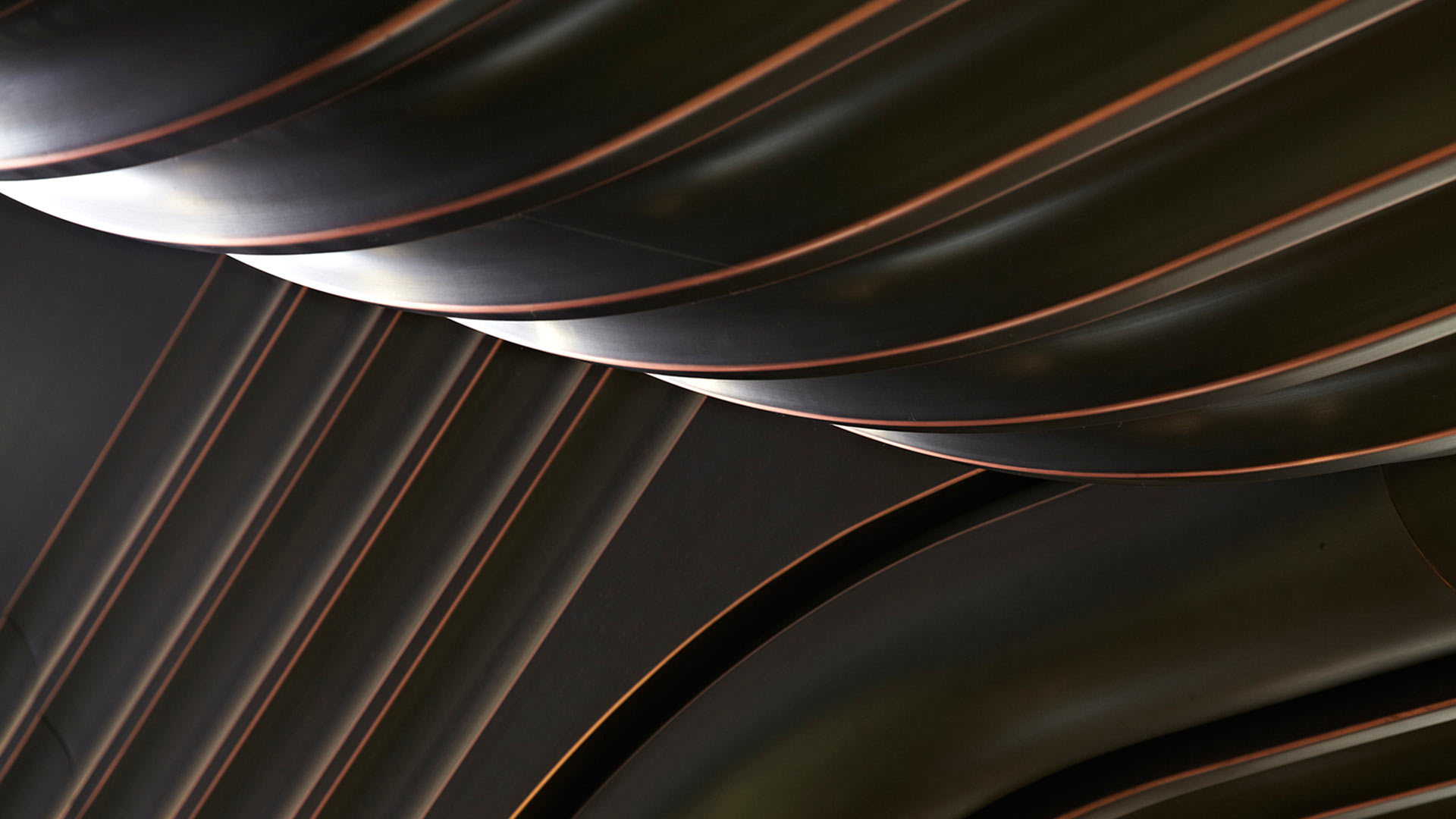A simple look at energy efficiency calculation

We have blogged, before, about the Lighting Energy Numeric Indicator (LENI). It is a system for calculating the energy efficiency of a lighting installation. The building regulations get reviewed approximately every three years, and this April, when the report comes out, LENI will hopefully become part of them.
Energy efficiency can be a tricky subject. Currently, it is measured in lumens per circuit watt – you need a minimum amount of light, per unit of power. It is based around the luminaires themselves. Under the forthcoming regulations, you could either do it that way, or use LENI instead. LENI takes the use of the installation into account that is to say, rather than basing energy calculations on the installed load it considers the energy consumption in use which enables diversity to be applied for dimming, daylight linking and so on.
It is fair to say that the current regulations don’t really reflect how lighting works in practice. For example, there is a target for general lighting in industry, one for display lighting, and then just ‘other types of space.’ Lighting designers want more flexibility than that. With LENI, we will finally get it.
The LENI is a complicated beast – a mighty formula that made me tremble the first time I saw it. Luckily, lighting software calculates it all for you. It is a useful system because it takes a broad range of factors in to account, such as the power of the luminaires and their control gear, the power they use when they’re on ‘standby’ mode, how long they are actually on for, the size of the space, daylight letting you dim the lights, people leaving the room and switching the lights off, and “constant illuminance factor” – a posh way of acknowledging that lamps get dimmer as they get older – just like us! The result comes in kilowatt hours per square metre, and there are targets for loads of different applications – different types of hotel, different types of shop, etc.
LENI does have its critics though. Its complexity may deter people who aren’t specialist lighting designers, from using it. Also, its target levels may have overshot the mark and become too complicated. Plus there can be a mismatch between theoretical predictions and actual outcome (it can’t account for when people, in the middle of the day, have the blinds down and the lights on).
If you wanted a design based purely on energy efficiency, a cheap way would be to use bare fluorescent tubes. But good design is about so much more, and it can be energy efficient, it just needs a system that reflects the whole installation, and not just the individual luminaires. LENI is that system. It gives us the freedom to really use our skills as lighting designers, to create innovative, visually interesting, energy efficient designs.


